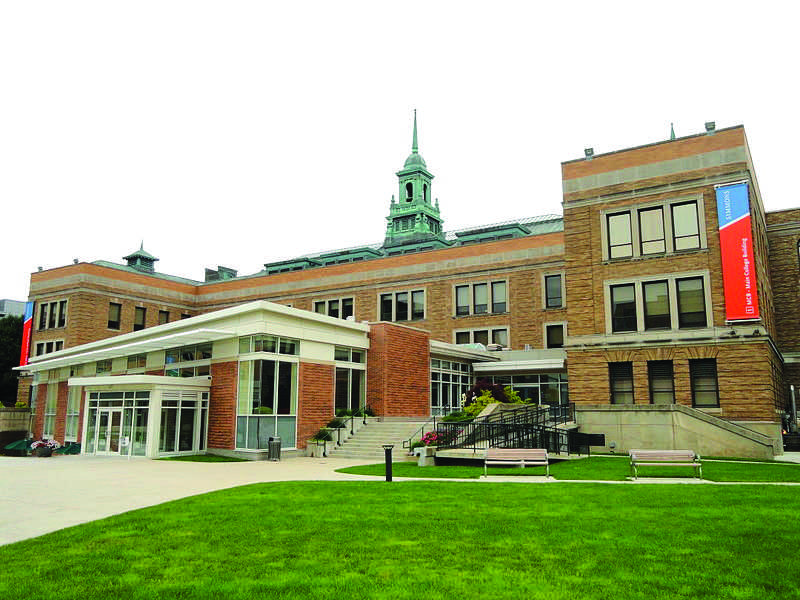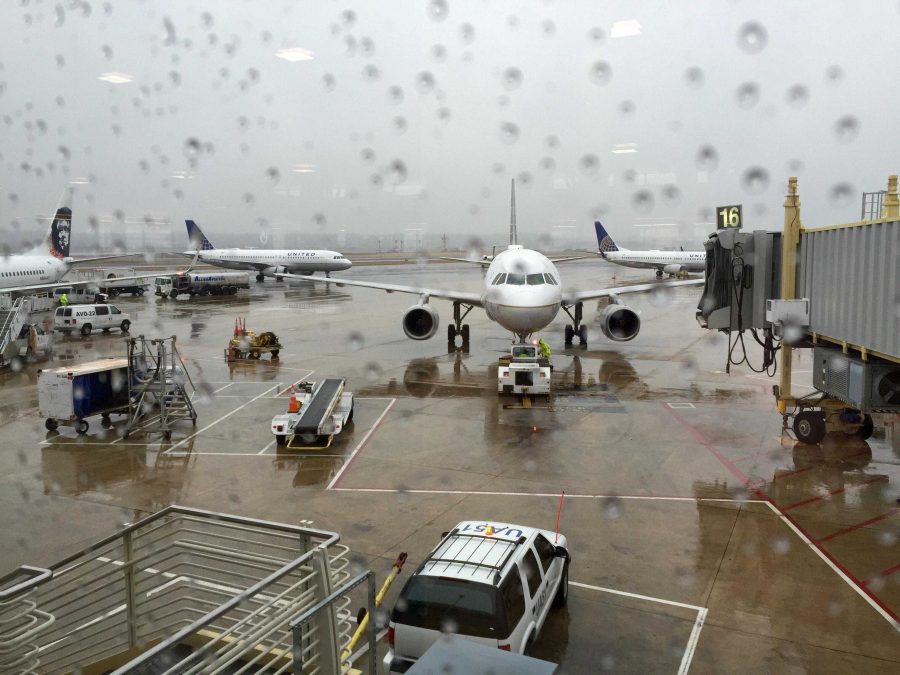By Sarah Kinney
Staff Writer
This spring Simmons College President Helen Drinan announced that tuition would be increasing by 2.5 percent for the 2014-2015 academic year.
The increase is the second lowest increase in the last 30 years, said Cheryl Howard, Vice President of Marketing and Admission.
Undergraduate full-time students will pay $49,966 per year including room, board, and other fees ($53,416 for nursing program students) up from $48,780 this year ($52,120 for nursing students).
“I know any kind of increase is felt by students, who are really aware of that and take it very seriously,” said Daniel Forster, Assistant Vice President of Admissions and Student Financial Services. “I think it is important to understand too that our expenses never go down.”
In her email, President Drinan wrote that the administration completes a cost analysis, researches costs at competitive public and private colleges in Mass. and New England, and analyzes inflation rates, the Consumer Price Index, and the Higher Education Index.
“We do this with the goal of finding the best way to provide a quality education, while not overburdening those who pay tuition,” wrote Drinan.
“It’s a really kind of robust discussion and debate that goes on about what we can afford to do and what we need to do. We are trying to balance those demands of the college, providing the services that you all have become used to and want to have,” said Forster.
The process begins in the fall, said Howard. In February, a recommendation is presented to the Board of Trustees, who vote on the increase.
There are usually about 36 to 40 trustees, Howard estimated, with about 25 being Simmons alumnae/i.
The increases are decided in February, so that in March accepted students can get an accurate picture of what tuition is and what financial aid they might receive.
Howard explained that financial aid is the largest line item in the budget and has grown the most in recent years.
“If you looked at the percentage of dollars that come in for tuition, almost half of those dollars go back in the form of financial aid to students,” said Forster.
When tuition increases, it also affects financial aid for current students.
“When we give financial aid, we don’t give a flat amount. We take a picture of the student and family’s earnings each year, and we factor that against the total cost of education. It is a percentage that we meet,” said Forster. “If tuition goes up, that means your costs have gone up, and if everything else remains equal, your financial aid will then go up.”
He added that that increase in financial aid is taken into account when they decide how much to raise tuition.
Student Financial Services tries to help students who are concerned about the charges. Forster said there are usually spikes in requests during registration and billing periods, but not when increases are announced.
“We see students all year round, that’s why we take this so seriously,” said Forster.
Howard said she understands students’ concerns, as she is a Simmons alumna.
“I came up from Washington, DC to go to Simmons. I came on a scholarship. I came from a family of five. I remember…the discussions about trying to finance college, and what it would mean, and coming out with debt,” Howard said. “The numbers that we came out with don’t mean anything to you guys, because it was so long ago, but it was still similar discussions.”
In addition to financial aid, the college has a number of other notable costs: oil, electricity, food, and maintenance.
In May, the Board of Trustees approved Simmons faculty and staff wage increases of three percent, effective January 2015. This is their first raise since January 2012.
“One of the most expensive actions to take is a salary increase for everybody,” said Howard.
“And it’s permanent,” added Forster. “It’s not something, if you have extra money one year, you can do because you’re going to have to make sure the money is always there going forward.”
“We are always trying to balance the fact that we are a tuition-dependent school, so that means most of our revenue comes in from tuition,” said Howard. “We really need to balance where the money goes and how the money is invested.”
According to data the College Board’s Annual Survey of College, the average increase at private nonprofit four-year schools (including fees, room, and board) was 2.1 percent from 2003-2014. This was down from 2.6 percent from 1993-2004 and 3.5 percent from 1983-1994.
Howard said that years ago at Simmons costs were going up by 5 or 6 percent. While she could not speculate precisely what future increases might look like, she did not think students would see those kinds of raises again.














